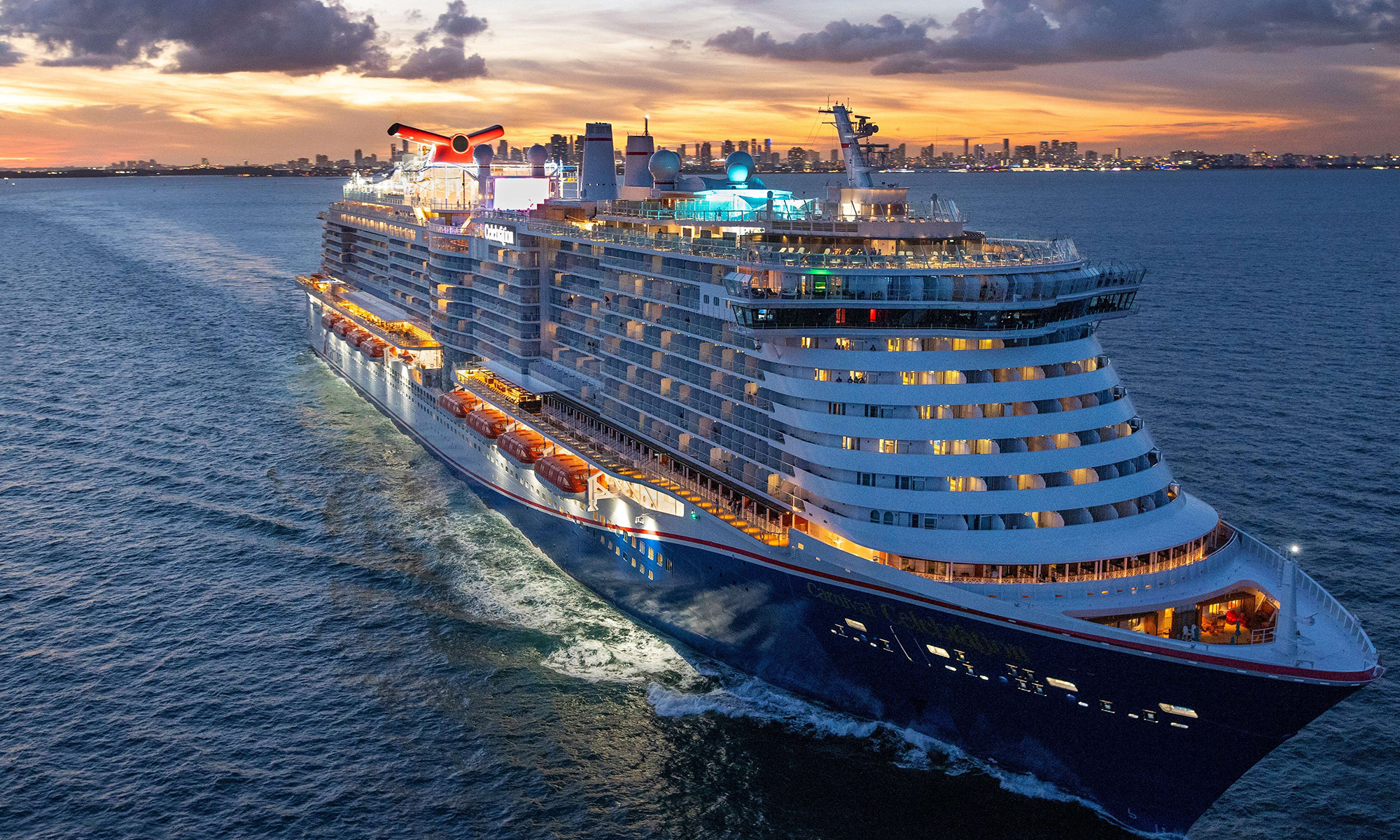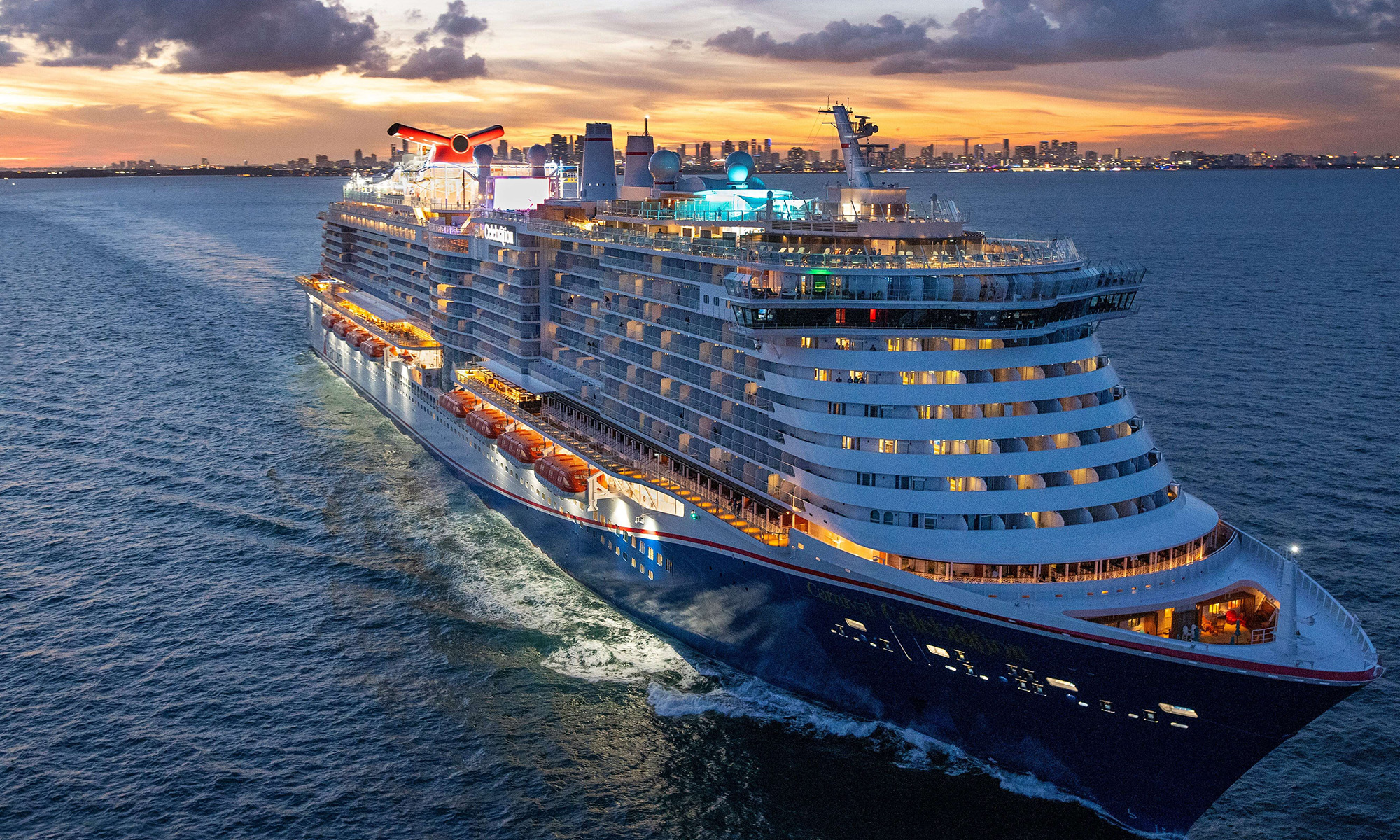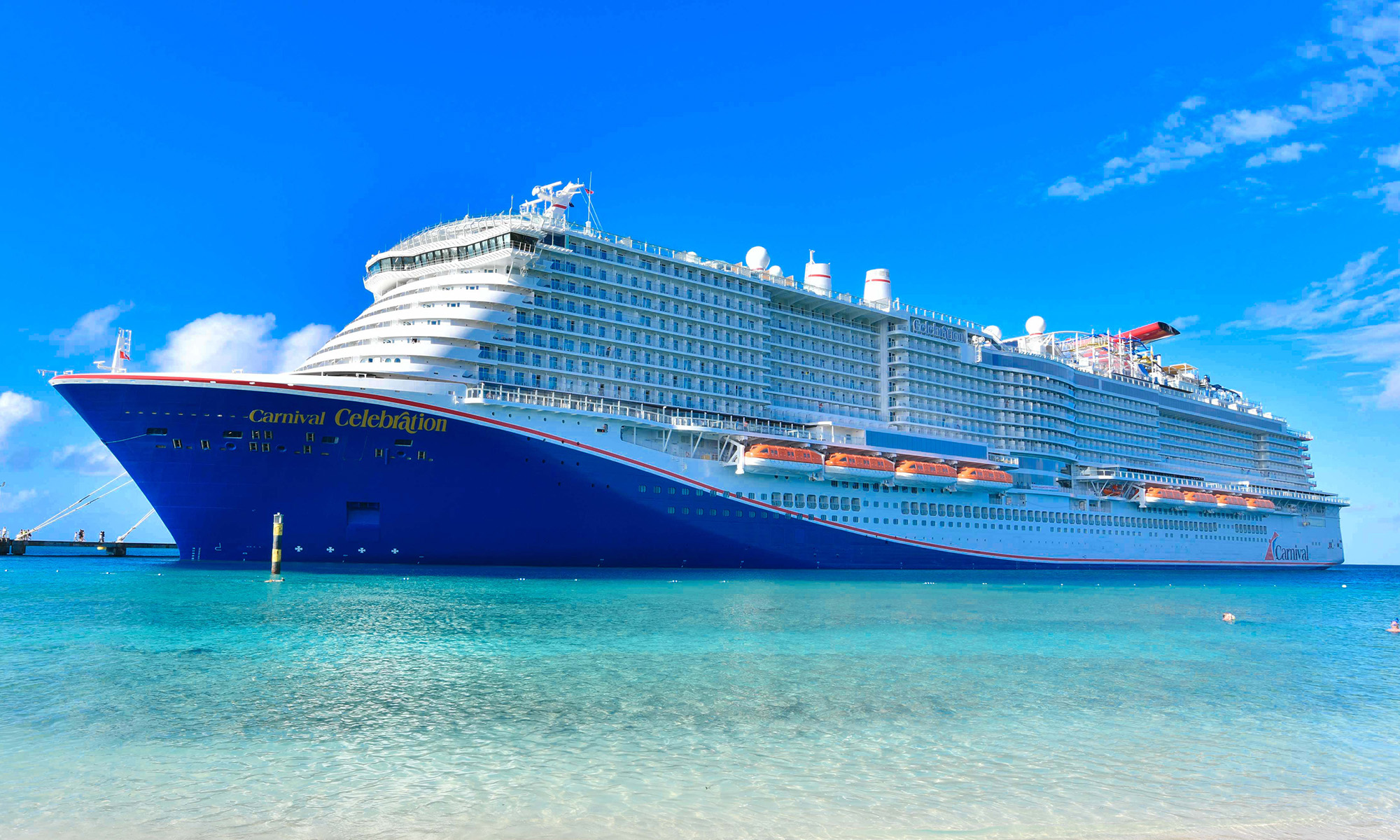Carnival (CCL 1.29%) has sounded a cautiously optimistic tone about its business in recent weeks. Management said in early May that demand is looking normal for cruises in 2021 and that most guests affected by COVID-19 cancellations have opted for ship credits over a full cash refund.
The cruise ship leader has also seen robust demand for the new debt it issued to help it navigate through a prolonged period of paused sailings. Carnival has added $6.4 billion of extra cash to the books since late February.
But this week the company announced new cost-cutting measures that confirm the business is enduring significant financial strain. The moves show that it could be a long time before Carnival's fleet is operating under anything approaching normal conditions.

Image source: Getty Images.
Making difficult cuts
Carnival is slashing its labor costs through a mixture of layoffs, salary cuts, furloughs, and reduced work weeks. Management said the moves were unavoidable. "Taking these extremely difficult employee actions ... is a very tough thing to do," CEO Arnold Donald said in a press release. But "it's necessary, given the current low level of guest operations and to further endure this pause," he explained .
Rival Royal Caribbean recently estimated that it is burning through between $250 million and $275 million of cash each month, and Carnival's outflow might be at least as large, especially considering its industry-leading capacity.
Carnival also described a difficult and expensive process it is going through to deliver several thousand of its crew members back to their home countries while the ships remain idle. The company is booking chartered flights in some cases, and in others it is sailing to different ports for dropoffs.
A long rebound ahead
Carnival understandably held off on these efforts for the past two months because they promise to reduce its ability to quickly scale back up into full operating mode. A short global pause of sidelined ships is a relatively limited challenge. It's an entirely different task to have to hire thousands of crew members and move them to where they need to be around the world.
Carnival says it is working with the appropriate government and regulatory agencies to be ready to return to service once the COVID-19 threat falls to a safer level. Management reiterated that the cruise industry remains popular, as fewer than 38% of affected guests have requested cash refunds for their canceled trips. The rest of its guests have been happy to take ship credit.
Investors shouldn't read too much into those low refund demands, though. Carnival has been offering a value boost incentive to customers who choose trip credit over refunds, after all. And its cancellation and refund policies have become much more relaxed.
Management said in a press release that it is "looking forward to the day, when appropriate, that once again our ships and crew are delighting millions of people at sea." There's no reason to expect that this moment won't eventually arrive for the cruise ship leader. However, it could be many months before investors have a good idea about what Carnival's business trends look like following the COVID-19 outbreak. And a return to typical operating conditions is likely even further away.






